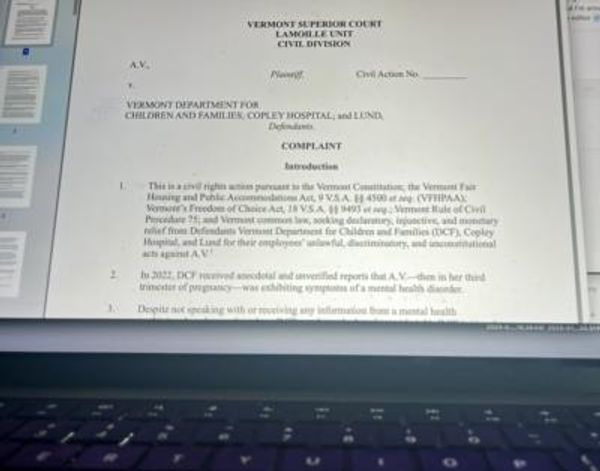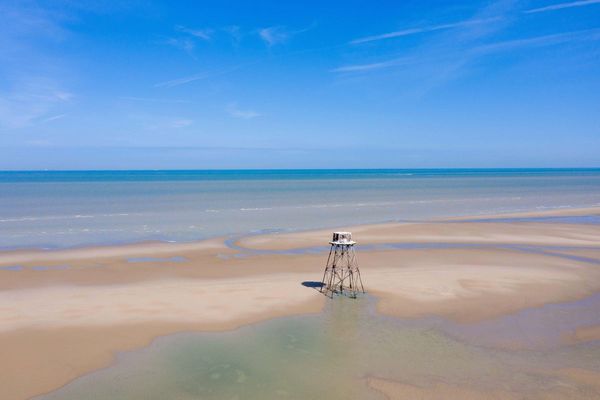By Oiwan Lam
Thousands of protesters took public transportation to the Hong Kong International Airport on September 1 in an attempt to paralyze the airport. However, their disruptive action left them stranded on the airport island located 35 kilometers away from downtown.
As the police started making arrests, protesters decided to make their way back on foot along the highway and hundreds of private vehicles came to their rescue. Some netizens called the incident the “Dunkirk evacuation” of Hong Kong. It refers to the evacuation of 330,000 French, British, Belgian, and Dutch soldiers who were trapped on the beaches of Dunkirk, France during World War II.
Hong Kong's anti-extradition movement has evolved into anti-government disruptive actions as the government continues to refuse a complete withdrawal of the bill and an independent investigation into police brutality. The latest airport action was triggered by the violent clashes between protesters and riot police after the unauthorized rally on August 31.
Previously, protesters mobilized a five-day peaceful sit-in at the arrival hall until the High Court issued an injunction on protests. As the injunction does not cover areas outside the airport, protesters attempted to jam airport traffic and paralyze the airport.
On September 1, hundreds of protesters arrived at the airport at around 1 p.m. and gathered at the bus terminal. The radical ones took action to block airport entrances with obstacles.
Riot police soon arrived and bus service was suspended. The MTR also suspended train service from Hong Kong Island to the airport in order to prevent more protesters from arriving at the airport.

According to a detailed timeline of the protester's action and police operation from Stand News, at around 4 p.m. the riot police were set to begin making arrests. To escape, protesters decided to walk five kilometers to Tung Chung, a nearby suburban residential district with subway and bus connections. Along the way, some set up barricades to stop riot police from chasing after them. A few of them also threw objects and iron bars to the subway rails, and the MTR further suspended trains running from the airport to downtown.
As all public transportation at the airport ceased operating, ordinary citizens, tourists, and airport workers had to walk half an hour to Tung Chung. However, when they arrived, the MTR suspended the Tung Chung subway service. Outraged protesters vandalized the station.

Without the subway, there are only a few options to leave Tung Chung — either take a ferry to Tuen Mun or a bus to Mui Wo where there is a ferry to Central. However, these options were too risky as the riot police would be waiting for them at the piers. Hundreds of protesters decided to walk another 12.6 kilometers to Yan-O station or 23.6 kilometers to Lantau Toll Plaza, where bus service was still available.
To prevent police vehicles from going after the protesters, some private vehicles drove slowly to block the road and jam the traffic while others picked up protesters along the way.
About one-third of the protesters got into private vehicles on the highway. Others continued their walk to Yan-O and Lantau Toll Plaza, where private vehicles drove to pick them up.
Hundreds of vehicles joined the rescue action and the majority of them were coordinated through Telegram groups.
READ NEXT: Hong Kong Protests Continue as Summer Holiday Ends
The News Lens has been authorized to publish this article from Global Voices, a border-less, largely volunteer community of more than 1400 writers, analysts, online media experts, and translators.
TNL Editor: Daphne K. Lee (@thenewslensintl)
If you enjoyed this article and want to receive more like it in your news feed, please be sure to like our Facebook page below.







